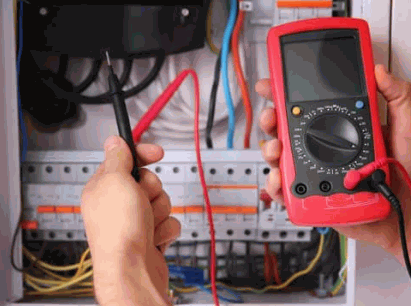Need a grant for LED upgrades or
voltage optimisation? (read more)

Need a grant for LED upgrades or
voltage optimisation? (read more)



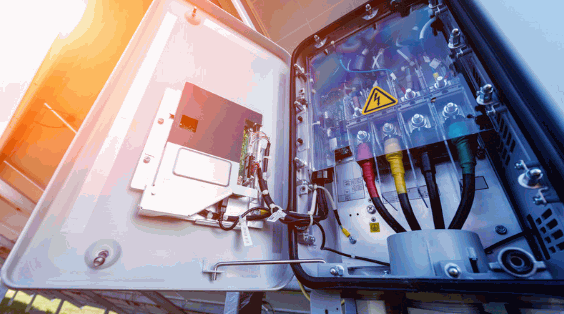
Voltage optimisation technology has been in use in the UK for several decades, but there has been a definite surge of interest in recent years, as we've witnessed at the Powervolt Team.
It's easy to explain this sudden uptick: concerns about rising energy prices and carbon emissions have forced consumers to reduce energy consumption or at least manage it more carefully.
In fact, we've noticed a marked increase in all kinds of energy-saving methods because of these very real concerns.
However, in this blog, we are dealing with voltage optimisation to help you understand it better and assess whether it's a good option for you. If you're researching ways of lowering your energy bills and reducing your carbon footprint, you'll have a lot of questions to ask, such as: Does it bring any real benefits? What are the drawbacks? Is it better than other methods?
With the Powervolt Team, you'll get solid, helpful advice to guide you to a sensible conclusion.
On that note, let's find out if voltage optimisation is worth it.
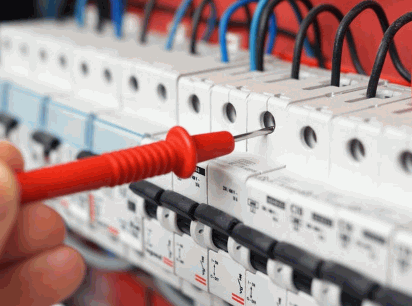
We need to begin by finding out exactly what VO technology is and why it's necessary, so we'll do just that!
Voltage optimisation, also known as voltage management or voltage regulation, is an energy-saving technique that involves adjusting the incoming voltage level to a building or facility to match the actual voltage requirements of the equipment and appliances. This is done by installing a voltage optimisation device, such as a transformer or a voltage regulator, in series with the main electricity supply.
The reason why voltage optimisation can save energy is that most electrical equipment is designed to operate at a voltage lower than the nominal supply voltage. This is because the equipment only needs a certain amount of voltage to function properly, and any excess voltage is simply wasted. By reducing the voltage level, voltage optimisation can reduce the amount of energy that is consumed by the equipment.
In addition to saving energy, voltage optimisation can also improve power quality by balancing phase voltages and filtering harmonics and transients from the incoming supply. This can help to extend the life of electrical appliances and reduce the risk of downtime.
Voltage optimisation is a relatively simple and cost-effective way to save energy and improve power quality. It is a suitable technology for a wide range of applications, including commercial buildings, industrial facilities, and data centres.
Here are some of the benefits of voltage optimisation:
We'll dive into this in more detail later, but this gives a hint as to why these gadgets are becoming more popular!
Dig deeper: What Is Voltage Optimisation?
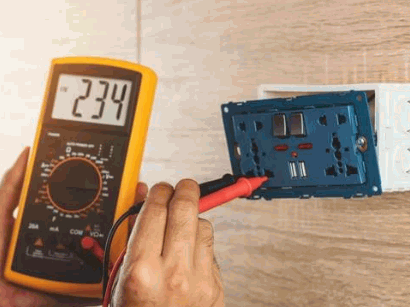
Voltage optimisers rely on advanced monitoring, using sophisticated sensors that track grid voltage, ensuring awareness of fluctuations. It compares incoming voltage to the lower desired level for efficient equipment operation. If the voltage exceeds this, it smoothly reduces it using precision technology like transformers to step down the voltage. An optimised supply maintains stable output voltage, boosting equipment performance and lifespan while cutting energy usage.
These optimisers adapt to changing demands by continuously monitoring and adjusting voltage levels, ensuring efficiency despite fluctuating needs.
Discover: What Is A Step-Down Transformer?
Most people know that the nominal voltage in the UK is 230 volts (it used to be 240v, but this was changed to 230v in 1994 to harmonise with the European standard of 220v). That is, the mains electricity supply voltage is set at an average rate of 230v.
However, the incoming power supply can fluctuate between 216v and 253v as the national grid has to compensate for all energy users at all times, and there are periods when power demand rises and falls, sometimes unexpectedly.
The problem with this is that most electrical equipment is designed to run at a lower voltage, and any excess voltage is essentially wasted. Worse still, a constant higher voltage (overvoltage) damages delicate components, shortens the lifespan of appliances and electrical equipment, and increases the amount of energy consumed.
Another good reason for installing a voltage optimiser is to protect your valuable electrical equipment and appliances against unexpected surges or aberrations in the supply voltage. There are several causes, and it gets a bit technical here, so bear with us...
Voltage fluctuations are variations in the voltage level of an electrical supply. These fluctuations can be sudden or gradual, and they can occur for a short period of time or for an extended period. Voltage fluctuations can be caused by a variety of factors, including:
Voltage fluctuations can damage electrical components by causing:
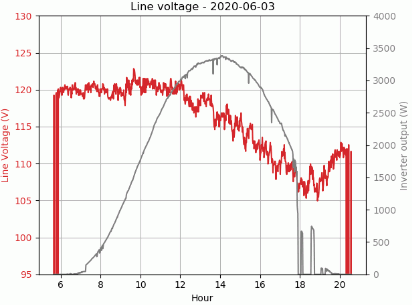
Harmonics are sinusoidal voltages or currents that have a frequency that is an integer multiple of the fundamental frequency of the power supply. Harmonics are caused by non-linear loads, such as computers, televisions, and fluorescent lights. These loads draw non-sinusoidal currents, which can distort the voltage waveform and create harmonics.
Harmonics can damage equipment by causing:
Transients are short-duration surges in voltage or current that can occur in an electrical system. These can be caused by a variety of factors, including:
Transients can damage electrical components by causing:
Some voltage optimisation technology includes harmonic filters and surge protectors that balance the phase voltage, guarding your equipment against damage from power dips, spikes, and fluctuations.
While all this technical stuff is important, most consumers are more interested in how much they can save - especially with electricity bills rising at record rates!
What you want to know is whether voltage optimisation systems deliver significant savings, so we'll crack on and answer this question.
The average annual energy savings can vary depending on the specific type of building, its size, and its electricity consumption patterns. However, studies have shown that voltage optimisation systems can typically yield average energy savings between 5% and 19% on annual electricity bills and potentially much more. The highest reported figure came in at around 26%!

A 2011 study by the Energy Saving Trust found that voltage optimisation systems saved an average of 8% on electricity consumption in UK homes. A 2013 study by the Carbon Trust found that voltage optimisation systems saved an average of 12% on electricity consumption in UK businesses.
However, the amount of money that can be saved by installing a voltage optimisation system will also depend on the cost of electricity. In the UK, the average price of electricity is around £0.27 per kilowatt-hour (kWh) at the time of writing and is set to rise to at least £0.29 per kWh, so savings will increase.
In addition to savings on energy costs, voltage optimisation systems can also deliver improved power quality and extend the life of appliances. This can further reduce costs and improve the overall energy efficiency of a building.
This is really the heart of the matter: while VO offers significant energy savings, does it stack up against the cost of installation?
At the Powevolt Team, we certainly believe so!
Starting at around £350 for a domestic dwelling and around £1500 for a commercial property, it's a sound investment, and the savings begin immediately, whether in the home or business premises!
A reduction in voltage to the lower end of the statutory voltage range will save money and energy, reducing your electricity costs by a significant margin. The average energy consumer will recover the initial costs within months.
In the interests of fairness, we need to point out that while voltage optimisation can be beneficial for a wide range of appliances and equipment, there are a few exceptions where it may not be suitable or effective. Here are some examples of voltage-dependent appliances that are not typically compatible with voltage optimisation:
However, it's only a problem if the majority of your appliances fall into these categories.
It is important to consult a qualified electrician or voltage optimisation specialist to determine whether voltage optimisation is suitable for your specific appliances and electrical system. They can assess your power consumption patterns, equipment compatibility, and potential benefits to ensure you make an informed decision.
Explore further: When Does Voltage Optimization Not Work?
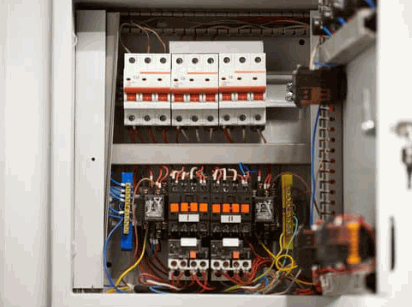
Yes, we firmly believe that it is - if you mostly use voltage-independent loads.
Voltage reduction uses less energy, and the low voltage supply means improved power quality and improved efficiency, so you're not wasting energy. And we haven't even mentioned the fact that it's more environmentally friendly!
The Powervolt Team is dedicated to providing the best voltage optimisation solutions, along with a host of other methods to improve the lives of our customers through better technology.
If you're still puzzled over voltage optimisation technology and want to know more, don't hesitate to contact us!
